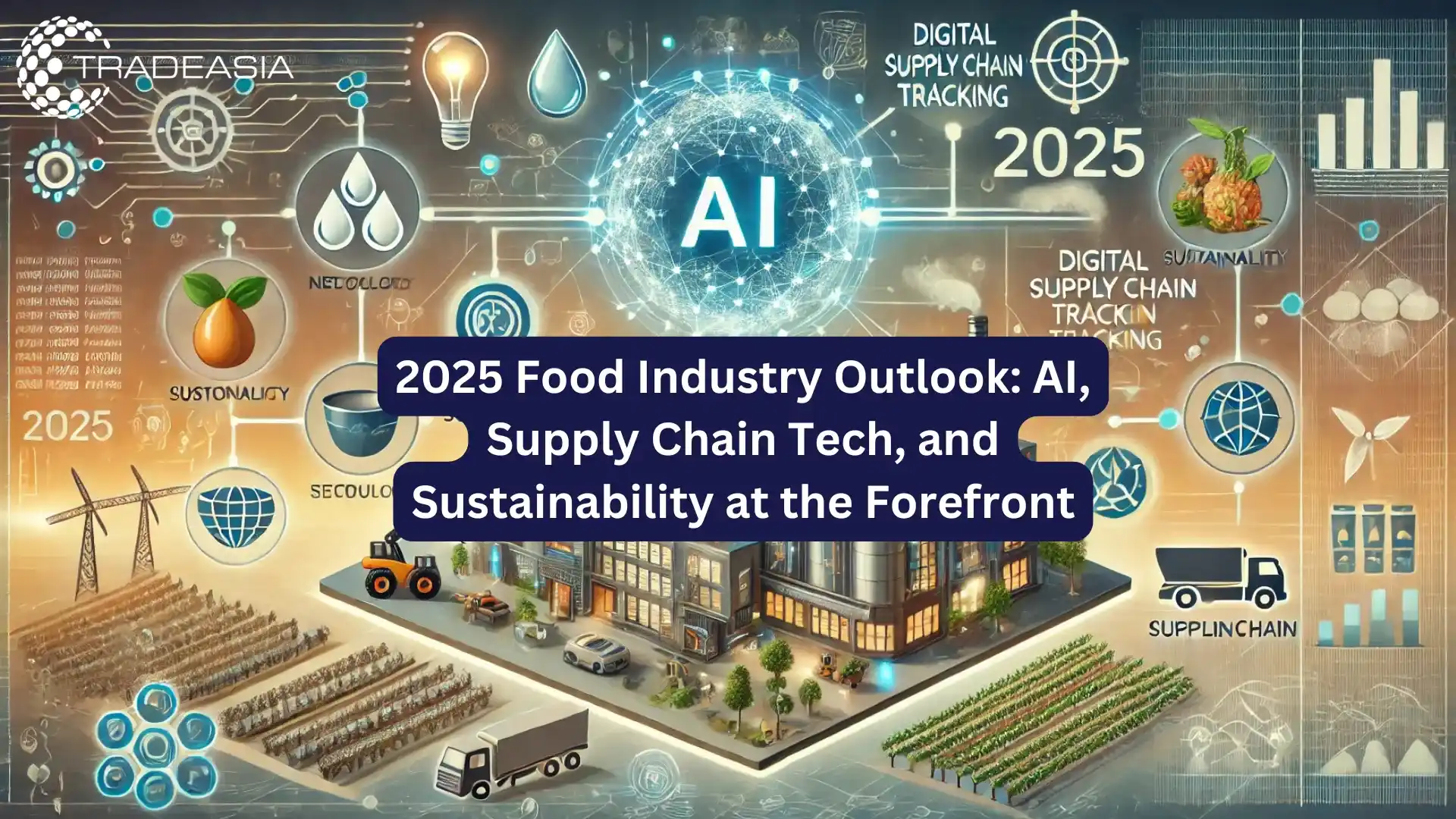As 2024 comes to a close, food processing companies are preparing for what the new year might bring. The industry outlook is generally positive, but processors should be ready to address evolving consumer demands, safety requirements, and economic conditions. Here are some key trends expected to shape the food processing landscape in 2025.
Food Safety Takes Center Stage
For food processors, food safety remains paramount. Recent high-profile recalls and foodborne illness outbreaks have raised consumer awareness, prompting companies to prioritize hygienic facility designs and rigorous cleaning procedures. To meet these needs, processors must focus on collaboration with suppliers to ensure that equipment is designed for easy sanitation. Sanitary equipment design not only helps prevent potential outbreaks but also improves productivity by reducing cleaning time and resource consumption.
Economic Uncertainty Levels Out
With the outcome of the U.S. presidential election anticipated to stabilize the economy, processors will likely feel more confident about moving forward with capital investments. Prospects for interest rate reductions could make it easier for companies to purchase necessary equipment, supporting long-term productivity enhancements and economic growth in the sector.
Industry Consolidation and Automation on the Rise
Industry consolidation continues to reshape the food processing sector, driven by mergers and acquisitions among major players. Companies such as Mars, which recently acquired Kellanova, demonstrate how consolidations fuel innovation and expand market reach. The trend toward automation is also accelerating as companies look to offset workforce shortages. Automated processing lines increase efficiency, reduce dependency on labor, and maintain production levels.
Workforce Dynamics and Talent Shortages
While the labor market is stabilizing, attracting younger talent remains a priority. The industry’s workforce largely consists of Gen X and baby boomers, and mentorship programs can be valuable for engaging younger workers. Additionally, the job market may see more available talent as M&A activities result in layoffs, offering processors a chance to bring experienced professionals on board.
Impact of Global Affairs
International issues, including unrest in Ukraine and the Middle East, are affecting European economic activity and could influence U.S.-based food processors through potential price fluctuations in oil and other commodities. Staying informed about these global developments will help companies better navigate fluctuating production costs and market conditions.
Changing Consumer Preferences
As more consumers eat at home, food processors are meeting demand with products tailored for smaller households and convenient meal solutions. Meal kits and wellness-oriented foods are increasingly popular, though affordability remains a priority as food prices continue to rise. This dual trend of health-conscious products and cost-effective processed foods highlights the importance of flexibility in product offerings.
Persistent High Food Prices
Food prices are projected to remain high, influenced by inflation, natural disasters, and livestock health concerns. Meat prices, in particular, are expected to stay elevated. Processors should factor these costs into their 2025 strategies, balancing price pressures with the need to deliver value to consumers.
Tradeasia International as a Strategic Partner
In addressing these industry shifts, supply chain partnerships are essential. Tradeasia International, a leading supplier to the food processing industry, provides sustainable supply chain solutions that meet high standards in safety, efficiency, and cost-effectiveness. With a network designed to manage complex logistics and deliver critical chemicals and raw materials, Tradeasia enables food processors to focus on production innovation and expansion. Whether optimizing ingredient procurement or ensuring compliance with rigorous safety requirements, Tradeasia is dedicated to supporting food processors’ needs for reliable, high-quality supplies in a competitive market.
As we look ahead, food processors can approach 2025 with confidence by closely monitoring industry trends and engaging with supply chain experts like Tradeasia International. By doing so, they are better equipped to navigate the challenges and opportunities that lie ahead in an ever-evolving market landscape.


Leave a Comment